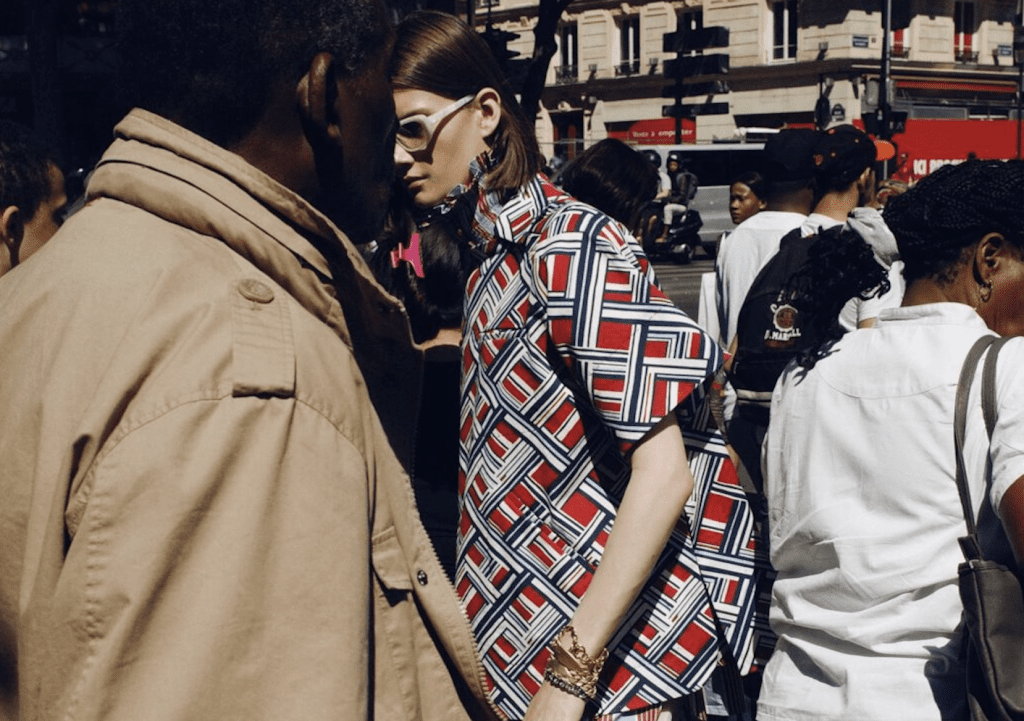The RealReal generated $84.6 million in revenue for the last 3 months of the 2020 fiscal year, a 10 percent decline compared to the same quarter last year. The San Francisco-based resale titan revealed in its Q4 report this week that its gross merchandise volume (“GMV”) – a “key” metric for the company that reflects the total value of the pre-owned luxury goods sold for the period – rang in at just over $301 million, down just one percent on a year-over-year basis, and topped $1 billion for the year as a whole. Meanwhile, gross profit amounted to $51.1 million, down 18 percent on an annual basis, with net loss totaling $53 million.
Despite the enduring impacts of the COVID-19 pandemic, the nearly-10-year-old The RealReal stated that the total number of orders it received for the 3-month period ending on December 31, 2020 was not dented, reaching 671,278 order – a 10 percent improvement over Q3 and a 5 percent rise compared to the same period last year. At the same time, the number of active buyers for its expansive array of pre-owned luxury apparel and accessories reached 648,856, a 12 percent increase on a year-over-year basis.
Speaking specifically to supply and GMV, which The RealReal says “are the lifeblood of [its] marketplace and drive its success and path to profitability,” trends in supply continued to improve in Q4, with the “total units shipped to the company’s authentication centers improving by approximately 13 percent” for Q4 on a year-over-year basis, and with growth in the month of December, alone, exceeding 20 percent compared to December 2019. Meanwhile, the Julie Wainwright-founded company stated that “supply continues to sell quickly, with the company’s four-day sell-through continuing to trend at pre-COVID levels.”
The company highlighted Gucci, in particular, noting that the consignment of Gucci items grew 2.5 times faster than overall consignment following the launch of its 3-month-long partnership with the Kering-owned brand in early October. During a conference call on Monday, Wainwright revealed that the company has enduring partnerships with Stella McCartney and Burberry, and noted that “we are in conversations with Gucci, and there will be more partnerships announced later in the year.”
Aggressive Expansion
Beyond that, The RealReal’s Q4 report and corresponding call with analysts centered largely on the company’s “retail strategy of opening smaller footprint neighborhood stores,” with The RealReal stating that in the last 3 months of its fiscal year, it opened a neighborhood store in Palo Alto, California, followed by additional stores in Brooklyn, New York, and Newport Beach, California, in Q1 of 2021. In its Q4 report, The RealReal touted the importance of its growing brick-and-mortar network, stating that in December, alone, “approximately 30 percent of [its] new consignors came from its retail locations.” The company says that it plans to open approximately 10 neighborhood stores by the end of Q2 “to deeply engage with the company’s most valuable customers and significantly unlock supply.”
Speaking to analysts on Monday, The RealReal’s CFO Matt Gustke addressed the company’s expansion efforts, saying that brick-and-mortar operations “look like they can be substantially more efficient at acquiring and unlocking supply than our marketing investments alone,” and in a way that is “far more targeted [and] far more personalized and local,” which is “what consignors want to do.”
While Gustke said the company’s stores, which include eight shoppable outposts in New York, California, and Illinois, “are most powerful on the supply side” in that “they acquire new consignors very efficiently and bring a lot of incremental supply to us,” on the demand side, he said that “you can argue they are helpful.” They “make it easier to sell high value products,” he stated, noting that “the return rates are exceptionally low” for stores, and the NPS (a benchmark companies use to measure customer loyalty) in the stores “is quite high.” Consumers that “interact with our stores are far more active on both supply and demand than people who only do interact with us online,” he says, with “consigners who actually consigned at a retail location tending to consign 1.5 times more in value than consigners that consigned to other venues for us.”
Addressing why this is the right time to double-down on physical retail, when so many others are wrangling with their landlords (in and out of court) in furtherance of attempts to get out of their pricey, years-long leases in the wake of COVID’s decimation of brick-and-mortar retail, Wainwright said that the company’s initial stores, including its outpost on Madison Avenue in New York, have “done phenomenally well even with the ability to have limited capacity in the store during the COVID time.” More than that, she said that “the rents in the neighborhoods have dropped precipitously and the willingness of landlords to do shorter term leases also [has been] critical to our decision making.”
A Return to Pre-COVID Growth
Another takeaway from Monday’s call was a discussion of the product categories that are experiencing growth in the wake of COVID. Wainwright stated that apparel has “returned to growth,” and the company expects ready-to-wear sales “to continue to actually grow given lockdowns are easing.” Wainwright noted that Q4 was “the first time women’s apparel has grown for us since we had the lockdowns.”
Looking beyond apparel, Wainwright – who said in a letter to shareholders that “to describe 2020 as a challenging year is an understatement” – highlighted “high handbag sales, and fine jewelry and watches” sales, which have driven up the company’s average unit selling price. And finally, she stated (seemingly verifying enduring reports that consumers are opting to spend more on fewer, better items in the post-COVID retail market), “It appears that our new buyers are behaving like our old new buyers pre-COVID.” One key difference? The new buyers are currently “spending a little bit more money.”











